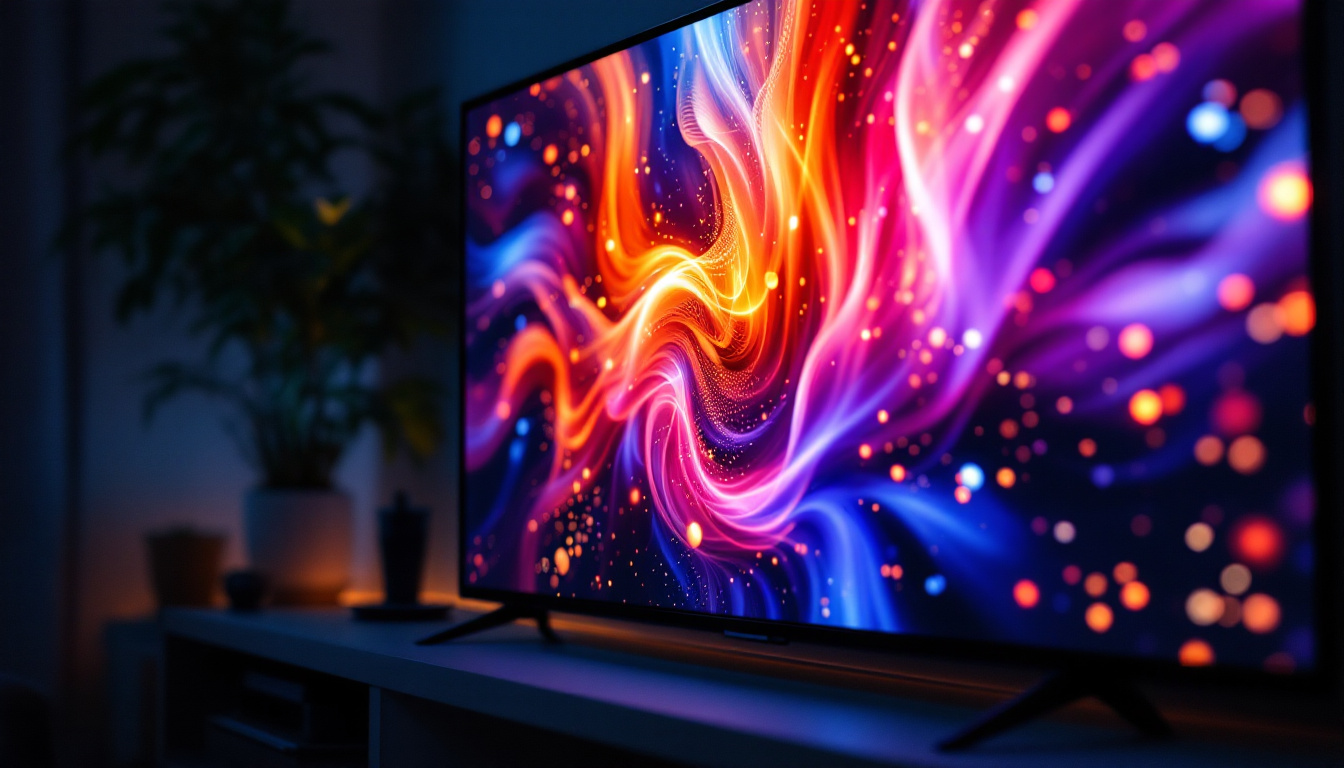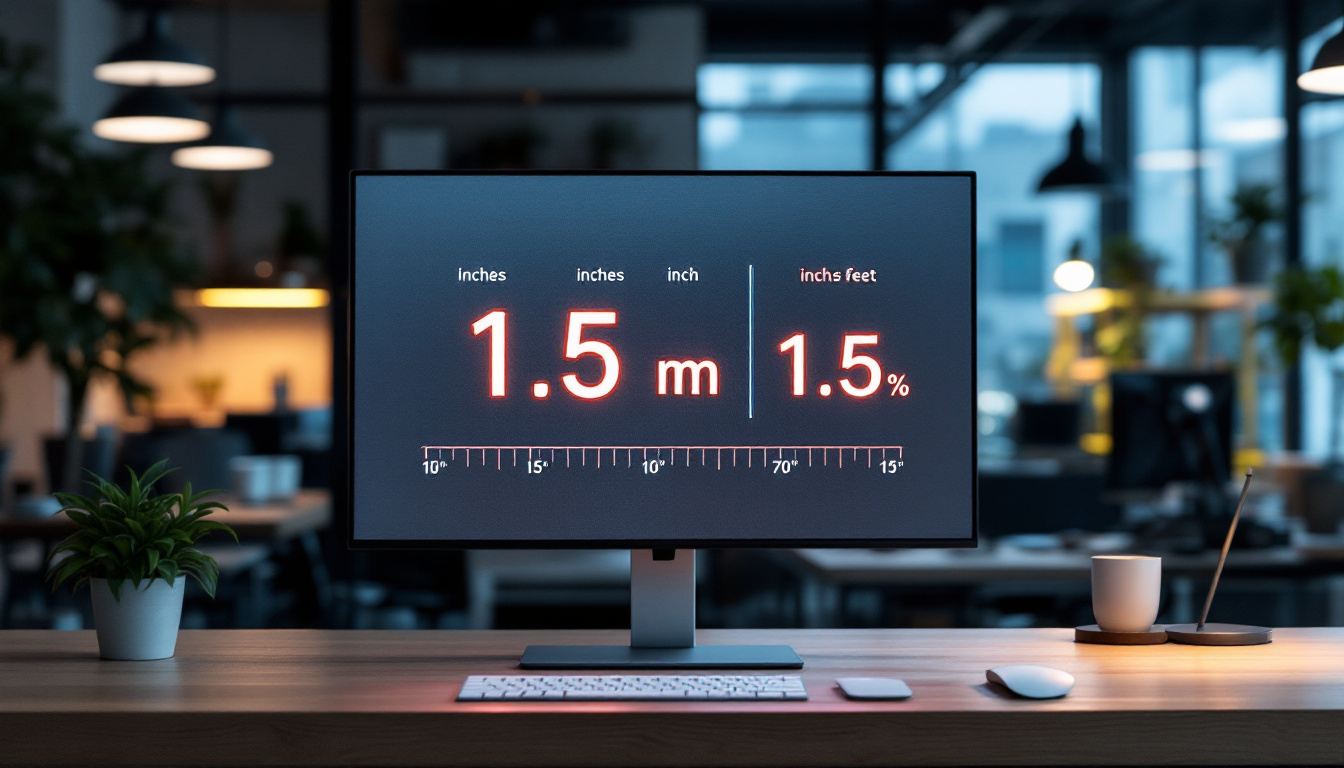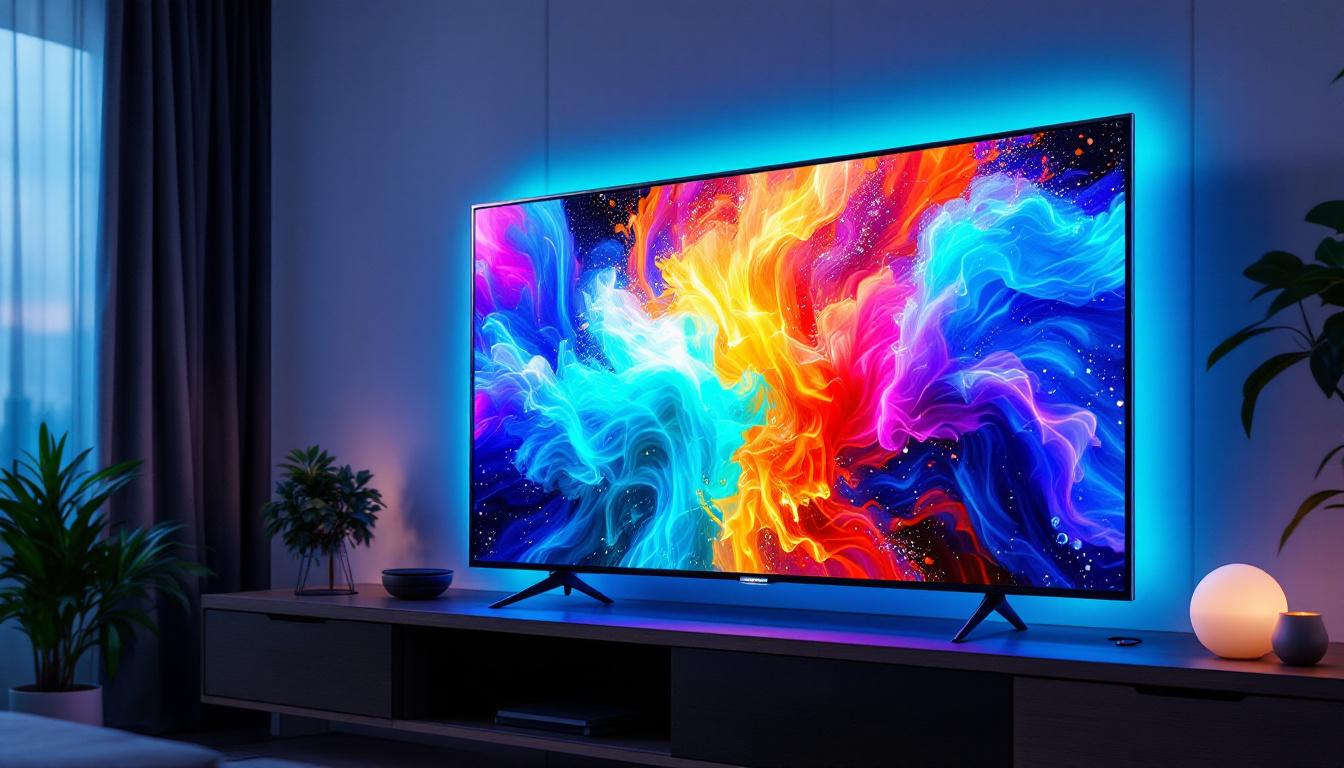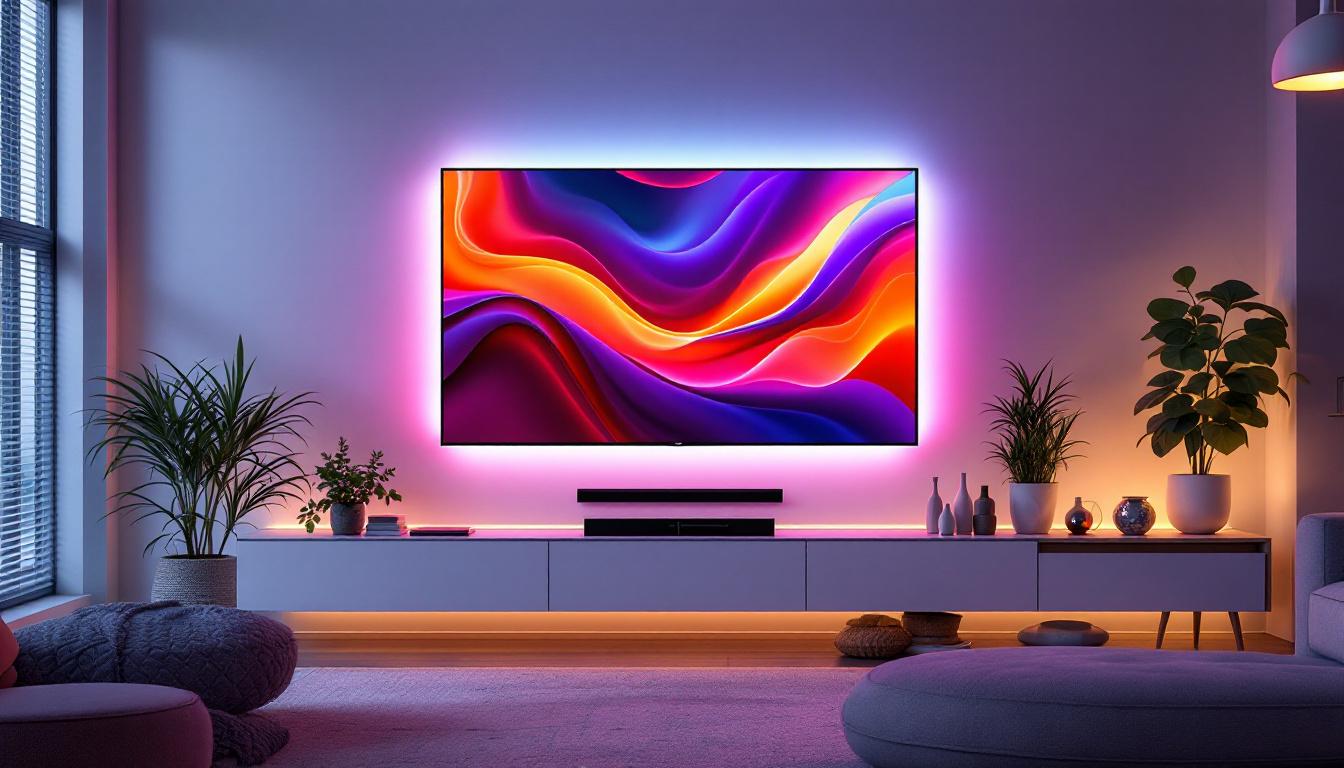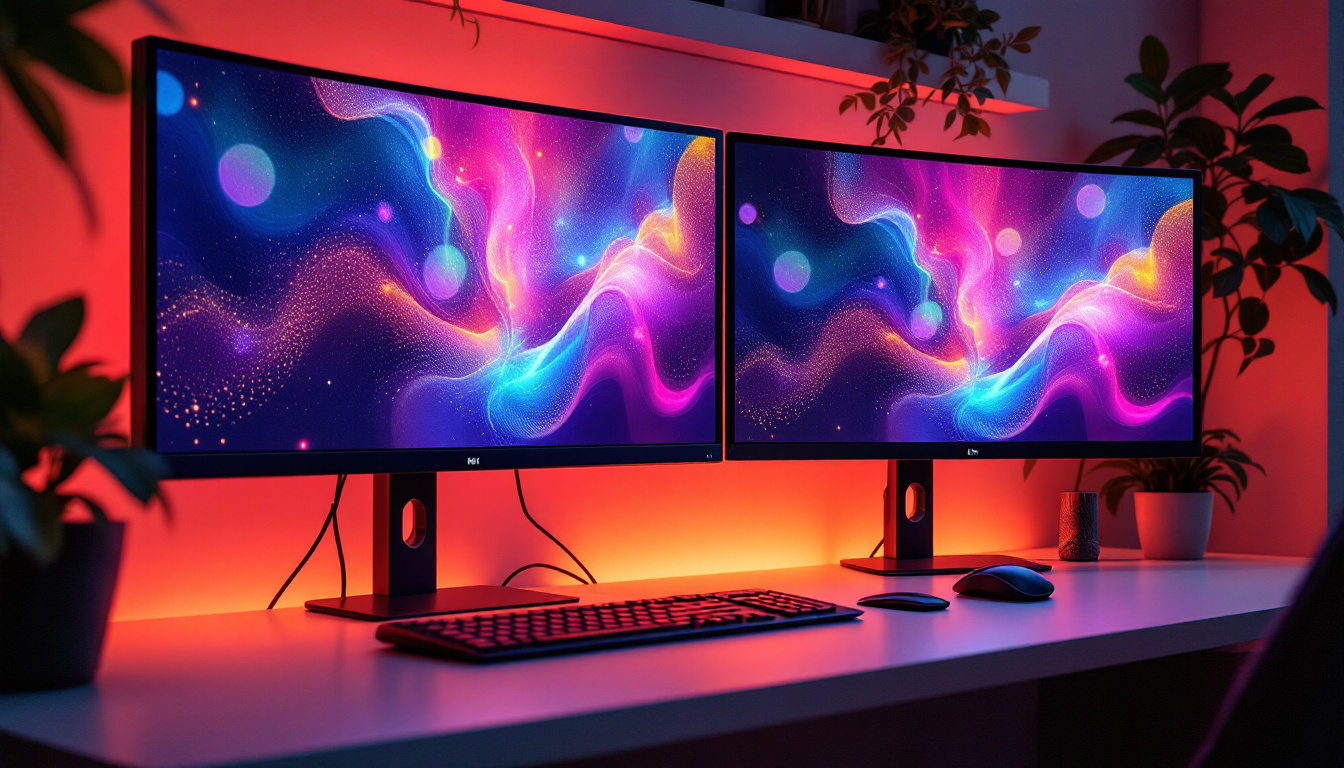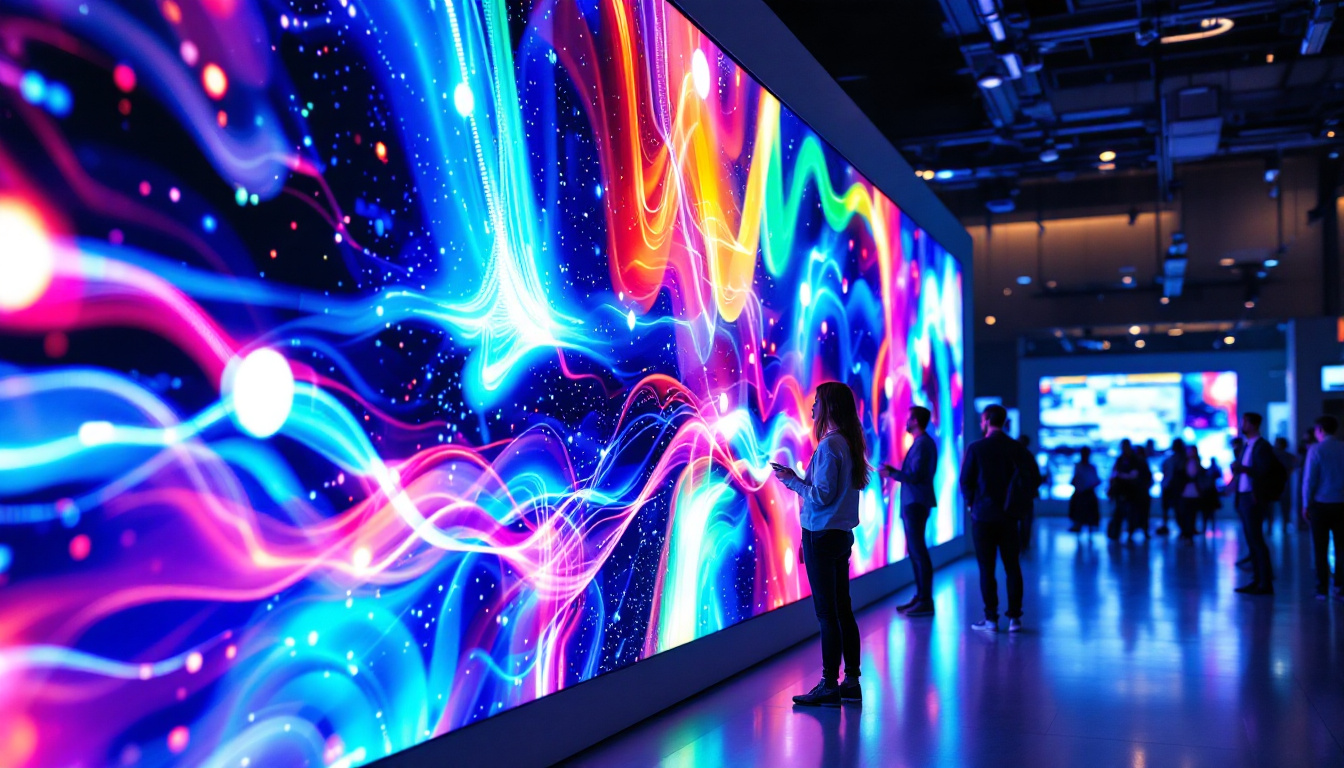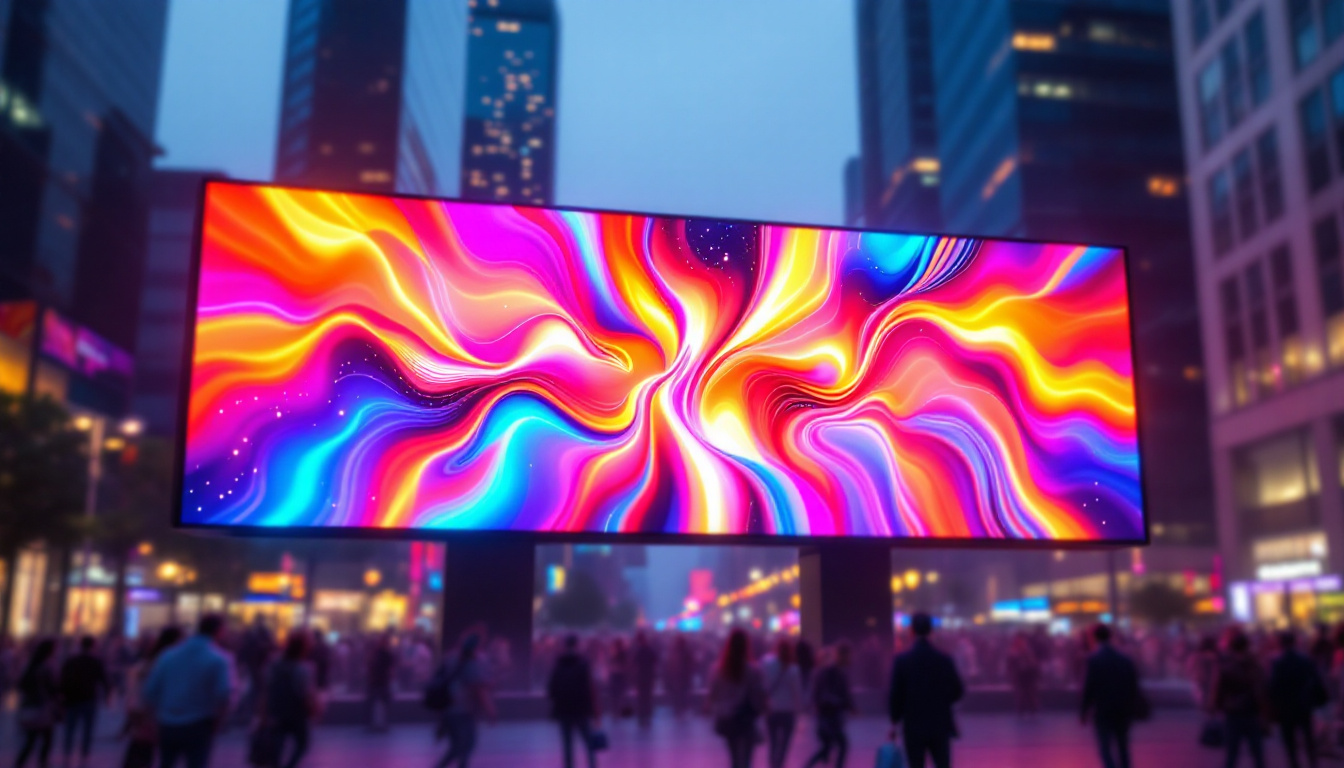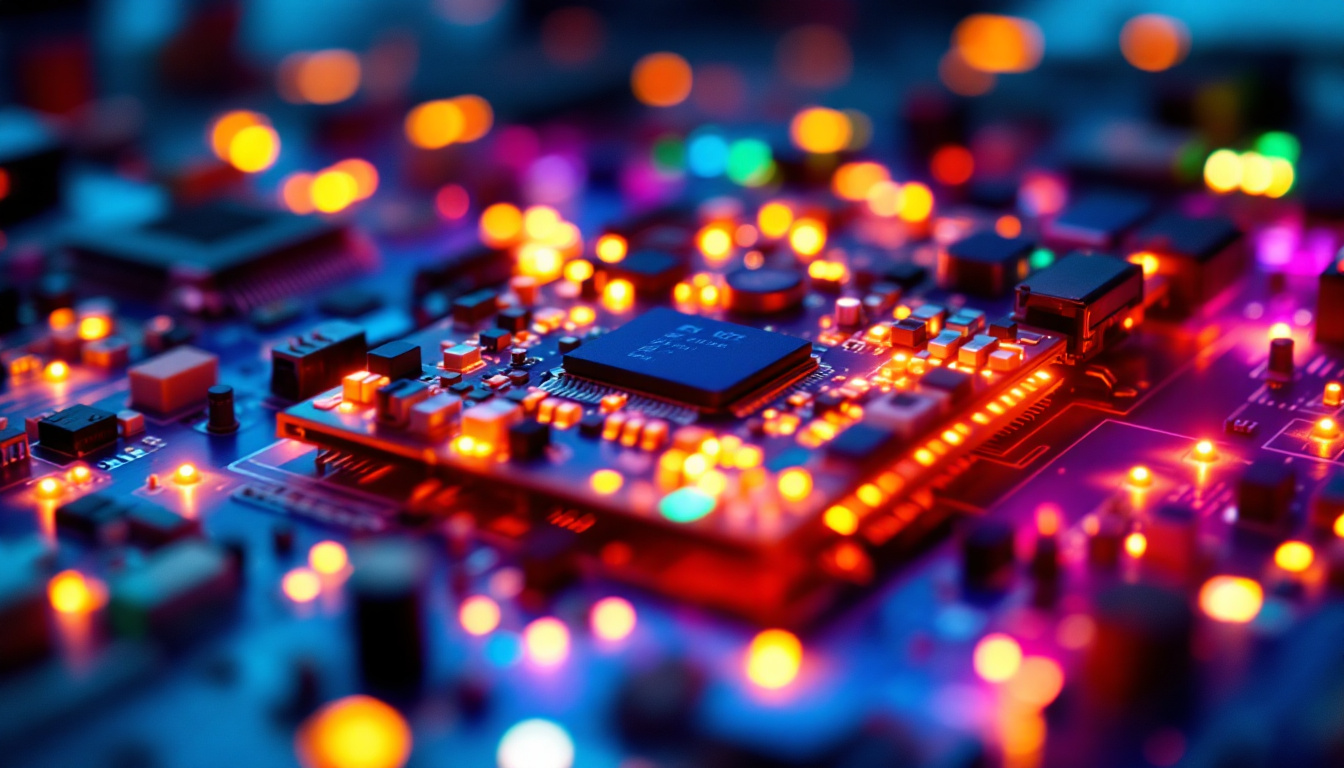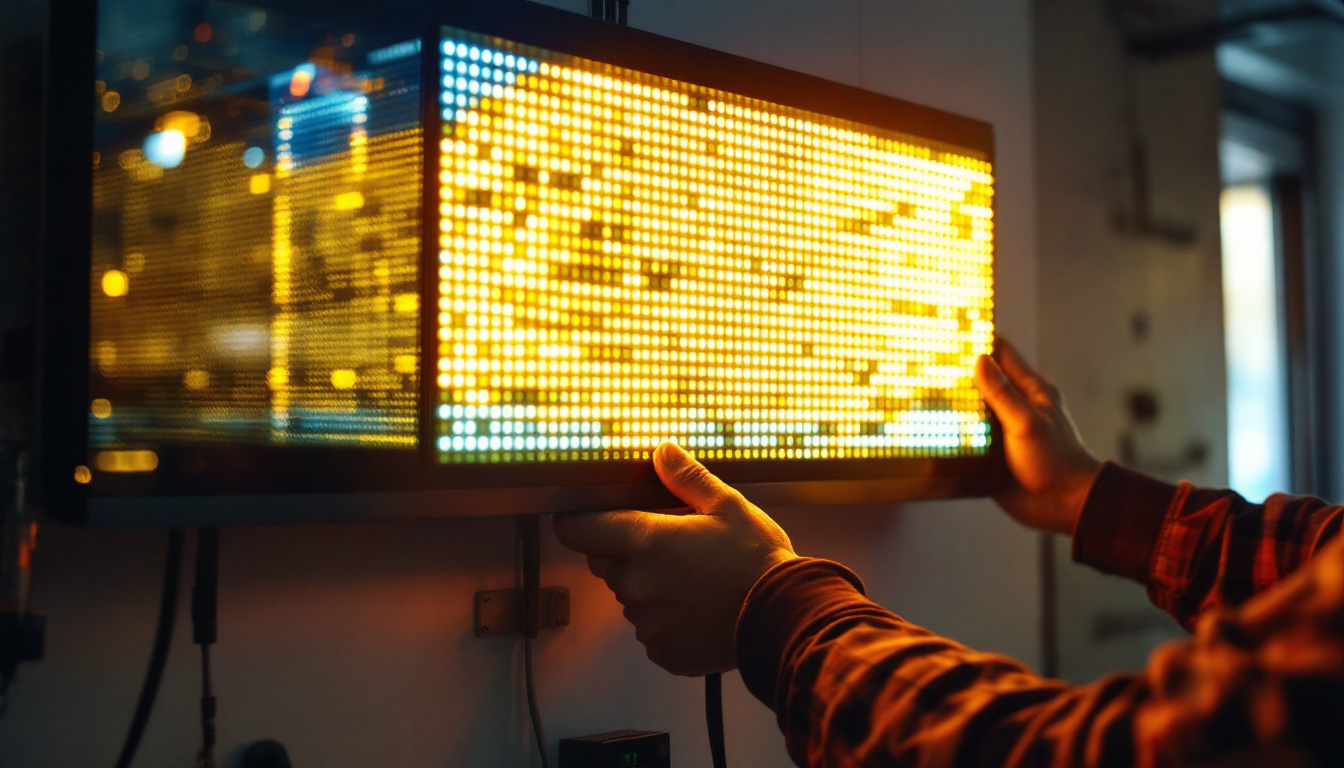In the realm of display technology, microLEDs have emerged as a groundbreaking innovation, promising to redefine how visual content is experienced. As the demand for high-quality, energy-efficient displays continues to rise, understanding microLED technology becomes essential for consumers and industry professionals alike. This article delves into the intricacies of microLEDs, exploring their advantages, applications, and the future of this exciting technology.
What are MicroLEDs?
MicroLEDs are tiny, self-emissive light-emitting diodes that serve as individual pixels in a display. Each microLED can emit its own light, allowing for precise control over color and brightness. This technology stands in contrast to traditional LED displays, which often rely on backlighting to illuminate the screen.
The size of microLEDs typically ranges from 1 to 100 micrometers, making them significantly smaller than conventional LEDs. This miniaturization enables higher pixel densities, resulting in sharper images and more vibrant colors. Furthermore, microLEDs are capable of achieving true blacks, as they can turn off completely when not in use, enhancing contrast ratios. This capability not only improves the visual experience but also contributes to energy savings, as power is only consumed when pixels are actively lit.
Moreover, the manufacturing process for microLEDs is evolving rapidly, with advancements in techniques such as mass transfer technology that allow for the efficient placement of these tiny diodes onto substrates. This innovation is crucial for scaling production and reducing costs, making microLED technology more accessible to consumers and manufacturers alike. As research continues, we can expect to see even more breakthroughs that enhance the performance and affordability of microLED displays.
How MicroLEDs Work
MicroLED technology operates on the principle of self-emission. Each microLED consists of a semiconductor material that emits light when an electric current passes through it. By arranging these microLEDs in a matrix, a full-color display can be created. The primary colors—red, green, and blue—are combined in varying intensities to produce the entire spectrum of colors visible to the human eye.
One of the significant advantages of microLEDs is their ability to achieve high brightness levels without compromising energy efficiency. This is particularly beneficial for outdoor displays, where visibility in bright sunlight is crucial. Additionally, the longevity of microLEDs is notable; they can last significantly longer than traditional LED displays, reducing the need for frequent replacements. In fact, some estimates suggest that microLEDs can have a lifespan exceeding 100,000 hours, making them a durable choice for both consumer and commercial applications.
Furthermore, the rapid response time of microLEDs enhances their suitability for high-speed content, such as gaming and sports broadcasting. The ability to display fast-moving images without motion blur or lag is a game-changer, providing an immersive experience that traditional displays often struggle to deliver. This responsiveness, combined with their energy efficiency and longevity, positions microLEDs as a frontrunner in the next generation of display technology.
Comparison with Other Display Technologies
When evaluating microLEDs, it’s essential to compare them with other prominent display technologies, such as OLED and LCD. OLED (Organic Light Emitting Diode) displays are known for their excellent color reproduction and deep blacks, but they can suffer from burn-in issues and have a shorter lifespan compared to microLEDs. On the other hand, LCD (Liquid Crystal Display) technology relies on backlighting, which can lead to issues with contrast and color accuracy.
MicroLEDs combine the best aspects of both OLED and LCD technologies. They offer superior brightness, contrast, and energy efficiency without the drawbacks associated with OLED burn-in or LCD backlighting limitations. This makes microLEDs a compelling choice for a wide range of applications, from consumer electronics to large-scale advertising displays. As the technology matures, we are likely to see microLEDs being integrated into various devices, including smartphones, televisions, and even wearable technology, further expanding their impact on the display market.
Additionally, the modular nature of microLED displays allows for flexible design options. Manufacturers can create large screens by assembling smaller microLED panels, enabling custom sizes and shapes that can fit unique environments and applications. This adaptability is particularly appealing for commercial installations, where tailored solutions can enhance branding and viewer engagement. As industries recognize the potential of microLED technology, we can anticipate a surge in innovative display designs that leverage its unique capabilities.
Advantages of MicroLED Technology
The benefits of microLED technology extend beyond just visual performance. Here are some of the key advantages that make microLEDs an attractive option for various applications:
1. Superior Image Quality
MicroLEDs deliver exceptional image quality due to their ability to produce true blacks and a wide color gamut. Each pixel can be individually controlled, allowing for precise color calibration and improved contrast ratios. This results in more lifelike images, making microLED displays ideal for applications that demand high visual fidelity, such as gaming and professional video editing.
2. Energy Efficiency
One of the standout features of microLED technology is its energy efficiency. MicroLEDs consume significantly less power than traditional LED and LCD displays, particularly when displaying darker images. This not only reduces electricity costs but also contributes to a smaller carbon footprint, aligning with the growing emphasis on sustainability in technology.
3. Scalability and Flexibility
MicroLED displays can be easily scaled to various sizes and shapes, making them suitable for a wide range of applications. Whether creating a massive video wall for an event or a compact display for a wearable device, microLED technology offers the flexibility to meet diverse requirements. This adaptability is particularly appealing to industries such as advertising, entertainment, and automotive.
Applications of MicroLED Displays
The versatility of microLED technology opens the door to numerous applications across various industries. From consumer electronics to commercial displays, microLEDs are poised to make a significant impact.
1. Consumer Electronics
MicroLED technology is making waves in the consumer electronics market, particularly in televisions and smartphones. Major manufacturers are investing heavily in microLED TVs, which promise to deliver unparalleled picture quality and viewing experiences. The self-emissive nature of microLEDs allows for ultra-thin designs, enabling manufacturers to create sleek and modern devices.
In smartphones, microLED displays can enhance battery life while providing vibrant visuals. As the technology matures, it is expected that microLEDs will become a standard feature in high-end devices, catering to consumers who prioritize quality and performance.
2. Commercial Displays
In the commercial sector, microLED technology is revolutionizing advertising and information displays. digital signage, billboards, and large-scale video walls benefit from the high brightness and contrast of microLEDs, ensuring visibility in various lighting conditions. The ability to create seamless, large-format displays makes microLEDs an attractive option for businesses looking to capture consumer attention.
Moreover, the durability and longevity of microLED displays reduce maintenance costs, making them a cost-effective solution for commercial applications. As businesses increasingly seek innovative ways to engage customers, microLED technology is set to play a crucial role.
3. Automotive Displays
The automotive industry is also exploring the potential of microLED technology for in-car displays. With the rise of electric vehicles and advanced driver-assistance systems, high-quality displays are becoming essential for providing information to drivers and passengers. MicroLEDs can offer superior visibility and responsiveness, enhancing the overall driving experience.
Additionally, the flexibility of microLED displays allows for creative integration into vehicle interiors, paving the way for futuristic dashboard designs and infotainment systems. As the automotive sector continues to innovate, microLEDs are likely to be at the forefront of display technology.
The Future of MicroLED Technology
As microLED technology continues to evolve, several trends and developments are shaping its future. The following factors will play a significant role in determining how microLEDs will be integrated into various applications.
1. Cost Reduction
Currently, one of the main barriers to widespread adoption of microLED technology is the high manufacturing cost. However, advancements in production techniques and economies of scale are expected to drive down costs in the coming years. As manufacturers refine their processes and develop more efficient methods for producing microLEDs, the technology will become more accessible to consumers and businesses alike.
2. Enhanced Manufacturing Techniques
Innovations in manufacturing techniques are crucial for the future of microLED technology. Techniques such as mass transfer and automated assembly are being explored to streamline production and improve yield rates. As these methods become more refined, they will facilitate the creation of larger and more complex microLED displays, expanding the possibilities for applications.
3. Integration with Emerging Technologies
MicroLEDs are poised to integrate seamlessly with emerging technologies such as augmented reality (AR) and virtual reality (VR). The high pixel density and responsiveness of microLED displays make them an ideal choice for AR and VR headsets, where immersive experiences are paramount. As the demand for these technologies increases, microLEDs are likely to play a pivotal role in enhancing user experiences.
Challenges Facing MicroLED Technology
Despite the numerous advantages and promising future of microLED technology, several challenges remain that must be addressed to ensure its widespread adoption.
1. Manufacturing Complexity
The complexity of manufacturing microLEDs presents a significant challenge. The tiny size of the individual LEDs requires precise placement and alignment, which can be difficult to achieve at scale. Overcoming these manufacturing hurdles will be essential for driving down costs and increasing production efficiency.
2. Competition from Other Technologies
MicroLEDs face stiff competition from established display technologies such as OLED and LCD. While microLEDs offer several advantages, convincing consumers and manufacturers to transition from familiar technologies can be a slow process. Education and awareness campaigns will be crucial in highlighting the benefits of microLEDs and encouraging adoption.
3. Market Readiness
The market readiness for microLED technology varies across different sectors. While some industries are eager to adopt the technology, others may be more hesitant due to cost or the need for compatibility with existing systems. Addressing these concerns and demonstrating the value of microLEDs will be key to fostering widespread acceptance.
Conclusion
MicroLED technology represents a significant advancement in display technology, offering unparalleled image quality, energy efficiency, and versatility. As the industry continues to innovate and overcome challenges, microLEDs are poised to become a dominant force in consumer electronics, commercial displays, and beyond.
With their ability to deliver stunning visuals and adaptability for various applications, microLEDs are not just a fleeting trend but a transformative technology that will shape the future of how we experience visual content. As manufacturers invest in research and development, the potential of microLEDs will only continue to grow, paving the way for a brighter, more vivid future in display technology.
Discover the Future of Visual Experience with LumenMatrix
Ready to witness the transformative power of microLED technology in action? LumenMatrix invites you to explore our comprehensive range of LED display solutions, designed to elevate your visual communication and captivate your audience. From the immersive Indoor LED Wall Display to the dynamic Outdoor LED Wall Display, and from the versatile Vehicle LED Display to the innovative All-in-One LED Display, our offerings are tailored to meet your unique needs. Experience the future of display technology today and check out LumenMatrix LED Display Solutions to see how we can enhance your brand visibility and create unforgettable visual experiences.


